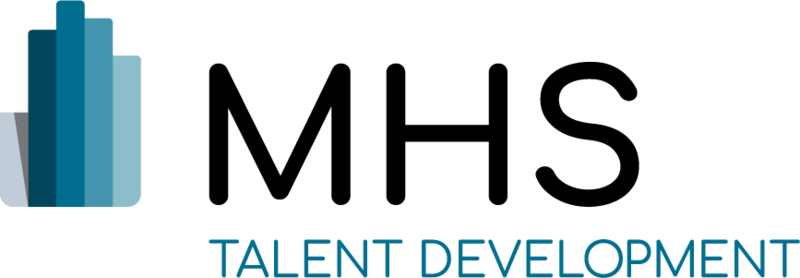Professional Partner Content
Bridging the Digital Skills Gaps
Published Mon Sep 21 2020
The COVID-19 pandemic has accelerated the speed and scale of digital transformations in the workplace. Besides technology, teams are relearning how to leverage their soft skills in the nuanced world of remote work and adapt their activities to reinvented business models brought on by the pandemic.
It’s no secret that technology has propelled the need for agility and learning in the workforce and leaders can help their teams bridge digital skill gaps best by first honing in on the imperative skills needed to succeed.
Talent Planning
Leaders are faced with a multitude of challenges when it comes to training, learning, and development. They must plan for and anticipate the skills their employees will need to thrive during constant organizational changes in growth and structure. These questions can help your talent planning efforts while you prepare for ambiguity:
Where are the skill gaps in our current workforce? Where do we see gaps emerging for the workforce in the future of business practices?
Should we rethink our approach to specific roles, responsibilities, and project teams now that we have identified these skills?
With digital workplace trends accelerating at a rapid pace, how can we better adapt our long-term strategies for short-term agility?
Proactive and pragmatic talent planning is essential for business success (and survival).
Soft Skills in a Digital World
While they navigate the effects of technology on workplace performance, leaders are being forced to reinvent the ways their people interact with customers, stakeholders, and each other. To deliver value and drive results, ask yourself these questions and consider the digital alternatives to traditional ways of doing business:
How can you foster and nurture new and existing customer relationships? (In lieu of taking a client to lunch, for example, could sending an Uber Eats e-gift card offer the same sense of goodwill?)
What are the remote rules of engagement? What type of and how much communication and visibility do we expect from our employees? (Are video calls preferred over voice-only calls?)
What tools and resources are we offering or suggesting to our employees to help them develop digital soft skills?
Interpersonal skills, among other key emotional intelligence competencies, must be redefined and redeveloped to adapt to the demands of remote work.
Employee Experience
Organizations that implement training and development programs for the advancement of their employees’ skills can see a substantial improvement to their bottom-line and data-driven tools help prove both qualitative and quantitative ROI. Consider these tips when creating and implementing a talent development program:
Integrate talent assessments to help benchmark performance, create action plans, and drive development conversations throughout the employee lifecycle.
Create a culture of learning by providing opportunities and resources for professional development including experiential learning, webinars, and coaching.
Invest in team-based development with simulations, team-building workshops, and 360 assessments.
Leveraging the right tools helps organizations maximize employee performance, talent retention, team collaboration and leadership effectiveness.
Organizations must focus on their talent now more than ever. Develop your talent today to thrive in the workplace of tomorrow.

